NEBRASKA GOLF OUT OF THE SHADOWS
STU POSPISIL
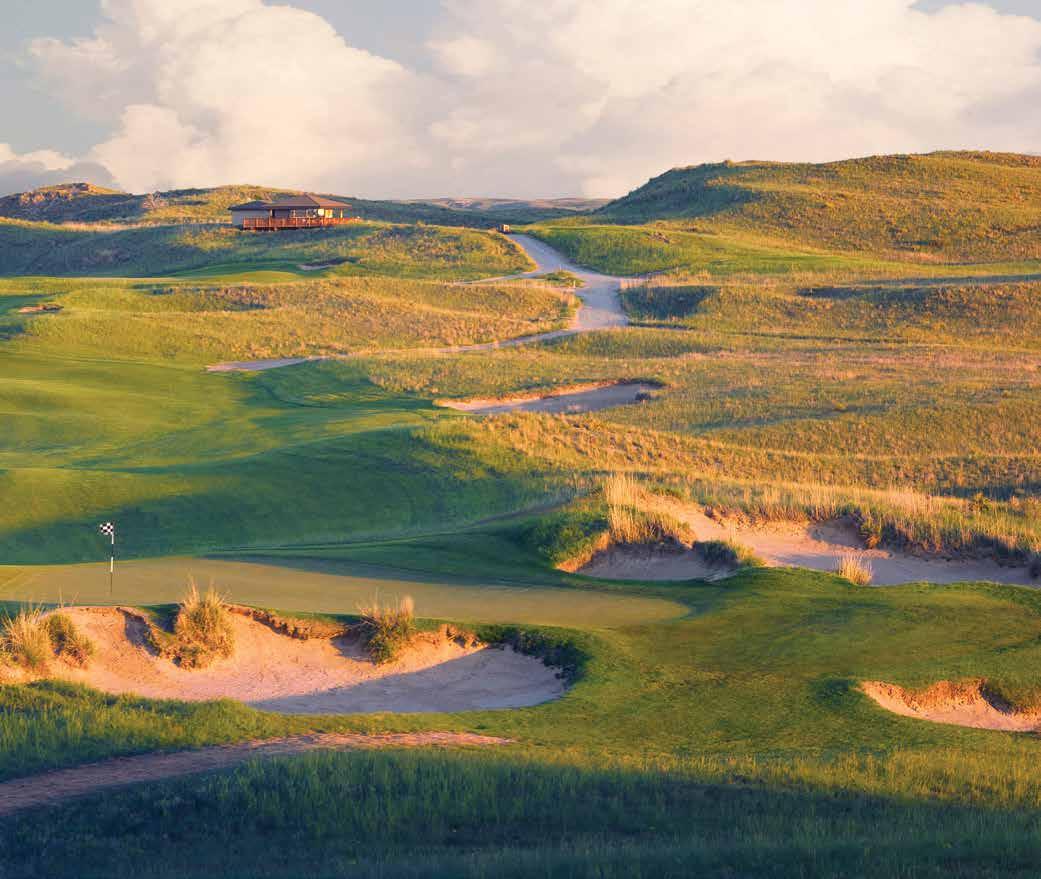
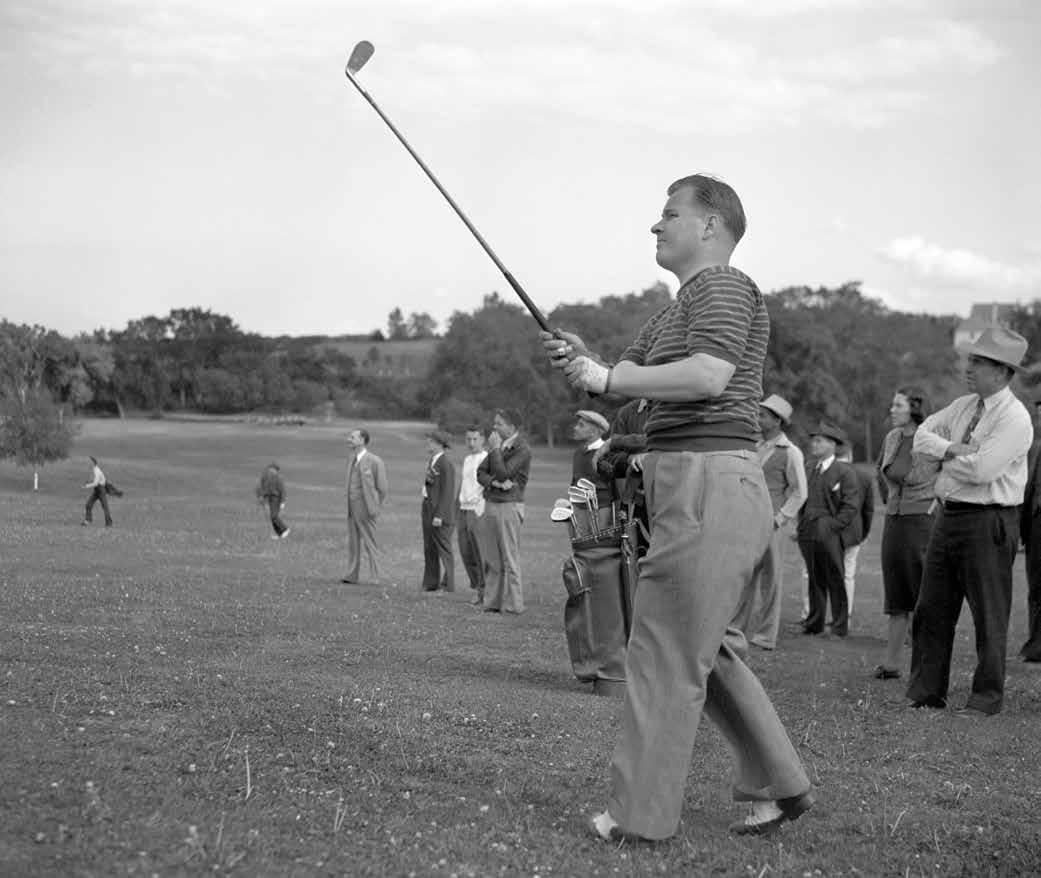
NEBRASKA GOLF STU POSPISIL OUT OF THE SHADOWS
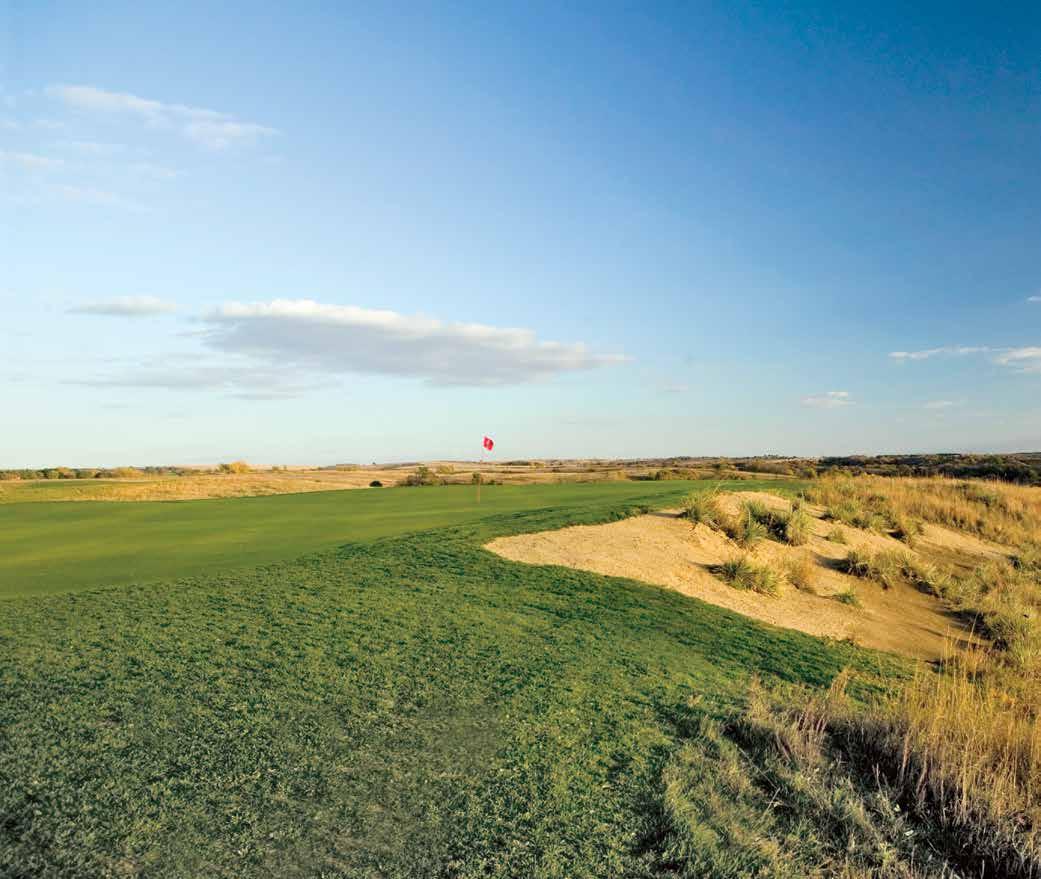
Left: Tatanka Golf Club, near the Santee Sioux Reservation at Niobrara. Designer Paul Albanese said he wanted golfers to leave Tatanka remembering every hole on the course. “I hope they think it’s a course they have to come back to play and bring some friends with them.”
Copyright 2021 Omaha World-Herald. All rights reserved. No part of this book may be reproduced, stored in a retrieval system, or transmitted in any form or by any means, electronic, mechanical, photocopying, recording or otherwise, without prior consent of the publisher, the Omaha World-Herald. Omaha World-Herald, 1314 Douglas St., Omaha, NE 68102-1811 | owhstore.com First Edition ISBN 978-1-7345923-3-7 Printed by Walsworth Publishing Co.

4 6 22 28 46 68 78 88 98 110 118 128 138 148 162 174 180 188 198 202 227 3
Foreword Sand Hills First Came Firethorn Back to the Beginning The Roaring ’20s Beyond the Big Cities Before There Was a Firethorn Firethorn Ignites Course Explosion One Is Never Enough Stories From the Sand Hills The Big Shows Prime Training Ground Johnny Goodman Tales From the Tour Trailblazers Women Stake Their Claim The Architects The Hole Story Strange but True Nebraska’s Pride and Joy Courses Old and New
On the cover: Sand Hills Golf Club No. 17. Daniel James Murphy/ Stonehouse Publishing
Title page: Johnny Goodman, 1933 U.S. Open champion, looks down the fairway. Durham Museum/ John Savage Collection
FOREWORD
“There’s an RV pulling a boat on the golf course.”
Half fury, half exasperation was in Dick Youngscap’s voice that late June afternoon in 1995. His Sand Hills Golf Club was opening, and my editors wanted word of it in the newspaper. I obliged and filed a story.
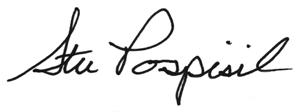
The sightseers must have been readers. They pulled off Nebraska Highway 97, followed the three-mile gravel road to the course and then mistook cart paths for ranch roads. Yes, the “fairway faux pas,” as Youngscap saw it, was ultimately my fault. In his eyes, I was responsible for the indignity his glorious new course suffered on that day.
Dick eventually forgave me. I think.
An earlier phone call from the man behind Firethorn Golf Club and Sand Hills was vastly more pleasant and led to one of the greatest experiences of my 35 years covering golf courses, golf events and golfers of all kinds across Nebraska.
While visiting friends in Decorah, Iowa, one afternoon back in 1993, my flip phone rang. It was Youngscap.
“Ben Crenshaw and Bill Coore are at Sand Hills for the weekend. You can come out and talk with the course’s architects, but you have to make it seem impromptu. Act as if you were in the area and happened to stop by.”
So from northeast Iowa to Omaha for overnight, then out to Hooker County, Nebraska, I went. Ben didn’t care what the pretense was. In his Chevy Suburban he gave me an extensive, hole-by-hole overland tour of what would be one of America’s greatest golf masterpieces.
My golf journey has so many memorable moments ... Interviewing Arnold Palmer one-on-one riding from Player’s Club in Omaha to Eppley Airfield. Playing through Jack Nicklaus’ sixsome at Dismal River Club (I had hoped seven wouldn’t be a crowd).
Watching courses from Tiburon in the 1980s to the state’s three newest — CapRock Ranch in the Sand Hills, Landmand in northeast Nebraska and Lost Rail near Gretna — go through the stages from staking to growin to flagsticks. Chronicling countless tournaments, including the 2013 and 2021 U.S. Senior Opens.
This book has been years in the making in my mind. I filled notebooks with printouts from microfilm. It came to fruition in the past year with the encouragement of The World-Herald. An initial concept of a book focused on Sand Hills and the other courses that followed. It quickly expanded to a comprehensive review of Nebraska golf from when Alex Findlay first laid out six holes on a ranch near Fullerton in 1887.
The first two chapters would not have been possible without the cooperation of Youngscap, who in front of Crenshaw several years ago consented to sharing his stories of Sand Hills and Firethorn. The ongoing digitalization of newspapers, especially those of The World-Herald and Lee Enterprises, and those in the microfilm collection of History Nebraska, are a godsend for research.
Thank you, Steve Hayes and Dan Murphy of Stonehouse Publishing, for the use of several panorama images from the Stonehouse Golf Collection. Thank you, book editors Christine Zueck-Watkins, Chris Christen and Thad Livingston. Christine found a trove of historical photos from near and far and restored their original brilliance. She also designed these beautiful pages.
I hope you enjoy reading “Nebraska Golf — Out of the Shadows” as much as I have enjoyed writing it. Our state has a surprisingly rich heritage in golf. Feel free to spread the word.
Stu Pospisil June
2021
4 FOREWORD
The ninth hole at Omaha Country Club provides a look at several of the club’s features — its forested and hilly terrain and its stately Tudor clubhouse.

FOREWORD 5
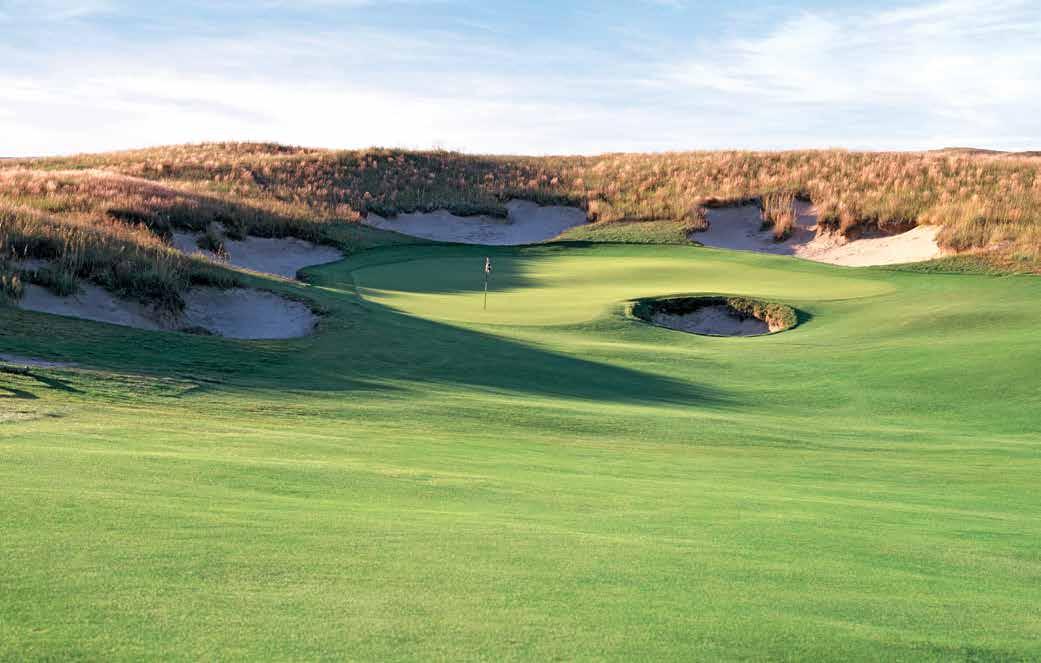
6 SAND HILLS
Sand Hills
The Sand Hills are nature’s gift to golf.
For course architects Bill Coore and Ben Crenshaw, it was a masterpiece they discovered that became Sand Hills Golf Club and was a springboard to more.
For those who followed them, it let the likes of Tom Doak, Gil Hanse, Rob Collins and Tad King apply their creativity to their own out-of-the-way natural canvases.
For golf course design philosophy, it showed that natural and minimal were assets that could return the game in America to its Scottish roots.
For Nebraska, it let the state become an unexpected golfing mecca because of the courses up and down State Highway 97 between Valentine and North Platte. Any story of Nebraska golf can’t start at the beginning. It must be with the story of Sand Hills GC, the course that brought the state out of the shadows.

SAND HILLS 7
Sand Hills Golf Club No. 8
Daniel James Murphy/Stonehouse Publishing
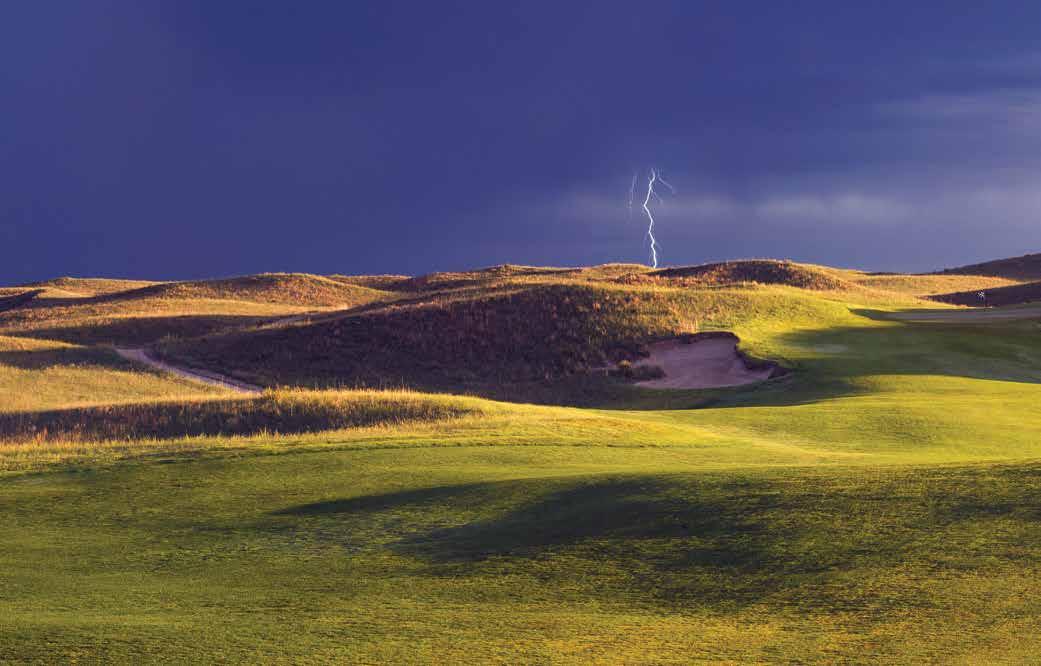
20 SAND
Sand Hills Golf Club No. 1 is a par 5 that Coore and Crenshaw discovered early and kept in all of their possible routings.
HILLS

21
SAND HILLS
Daniel James Murphy/Stonehouse Publishing
First Came Firethorn
Dick Youngscap’s keen eye for land with character started with Firethorn Golf Club. It was the first championship-quality golf course in Lincoln — and the state — without the usual trappings of a country club. No grandiose clubhouse, banquet rooms, tennis courts or Olympic-sized pool. Firethorn was unlike anything Nebraska had seen. Expensive homes would have views of the course. But it wasn’t a traditional parkland design with tree-lined fairways. Tall native grass was the penalty for hitting into the rough on many holes. It was designed by an architect with national caché, Pete Dye, who incorporated his signature — railroad ties to line water hazards — into the 18 holes.
Firethorn Golf Club’s No. 12 epitomizes Pete Dye’s work in Lincoln — a little sand, a little water, lots of railroad ties.
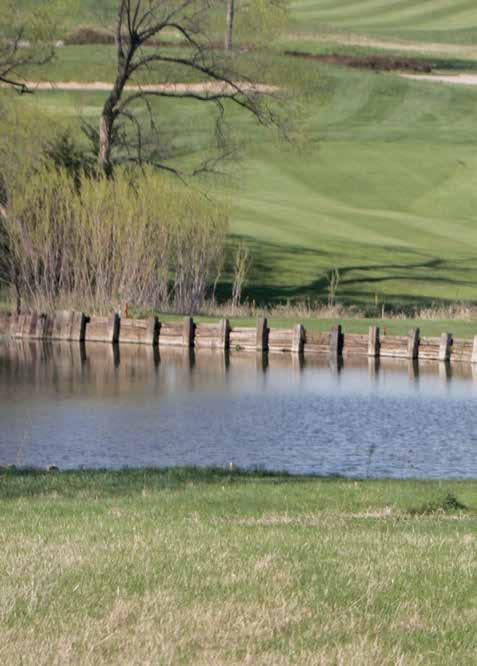
22 FIRST CAME FIRETHORN
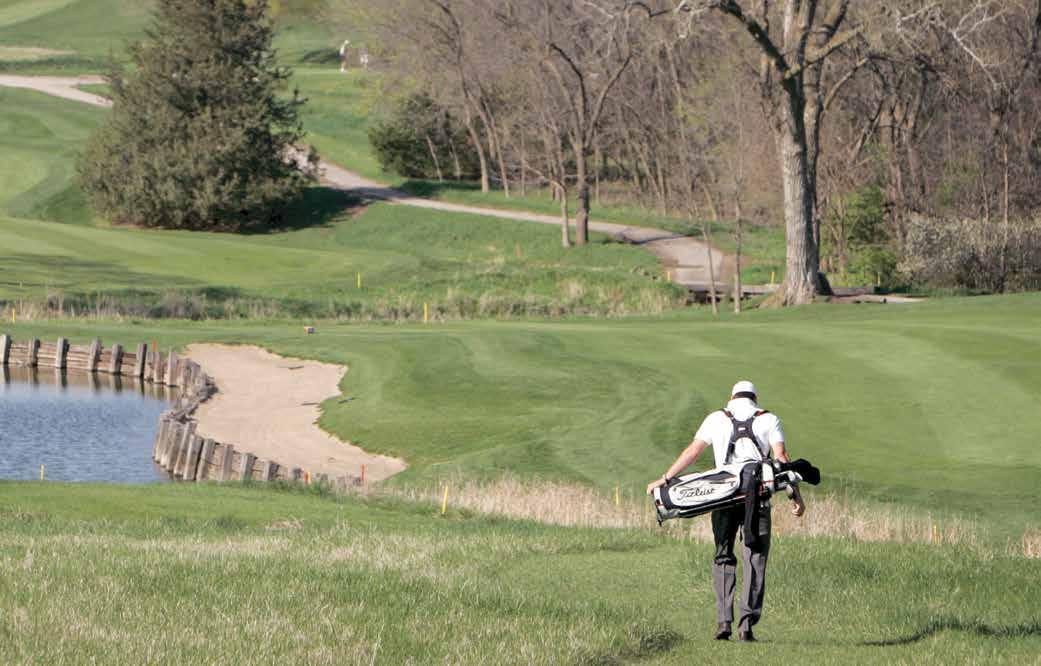
FIRST CAME FIRETHORN 23
Back to the Beginning
A ranch in Nance County, a field and pasture in Orleans, tribal land near Macy. Nebraska’s earliest golf courses were in unlikely places.
The others were in Omaha, on an estate on what was then the city’s outskirts and on land within view of what had been the Trans-Mississippi Exposition.
What followed are the state’s oldest continuous golf clubs — Omaha Country Club, Field Club of Omaha, Lincoln Country Club and Happy Hollow Club in Omaha.
The state’s golf history traces back, almost unbelievably, to April 4, 1887 — the day Alex Findlay and Edward Millar played a six-hole round on a course Findlay had laid out on Millar’s Merchiston Ranch near Fullerton.
In fact, as far as anyone can document, it was one of the first rounds of golf played in the United States.
Omaha architect Harry Lawrie hits the first drive on the first course laid out inside Omaha city limits — Kountze Place Golf Club — in November 1899. Harry Lawrie scrapbook/Elizabeth Encell
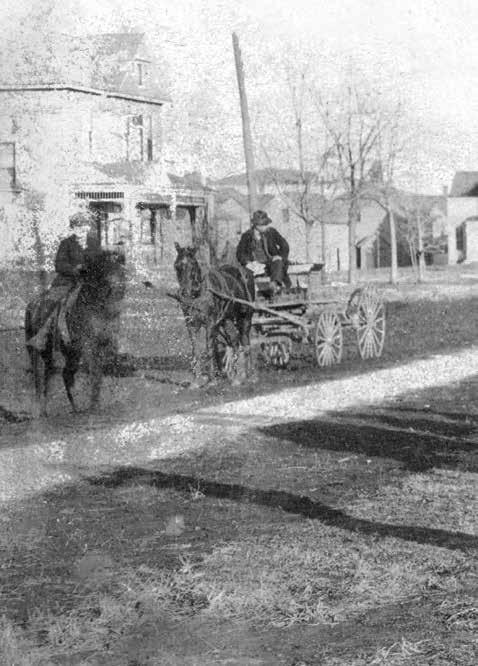
28 BACK TO THE BEGINNING
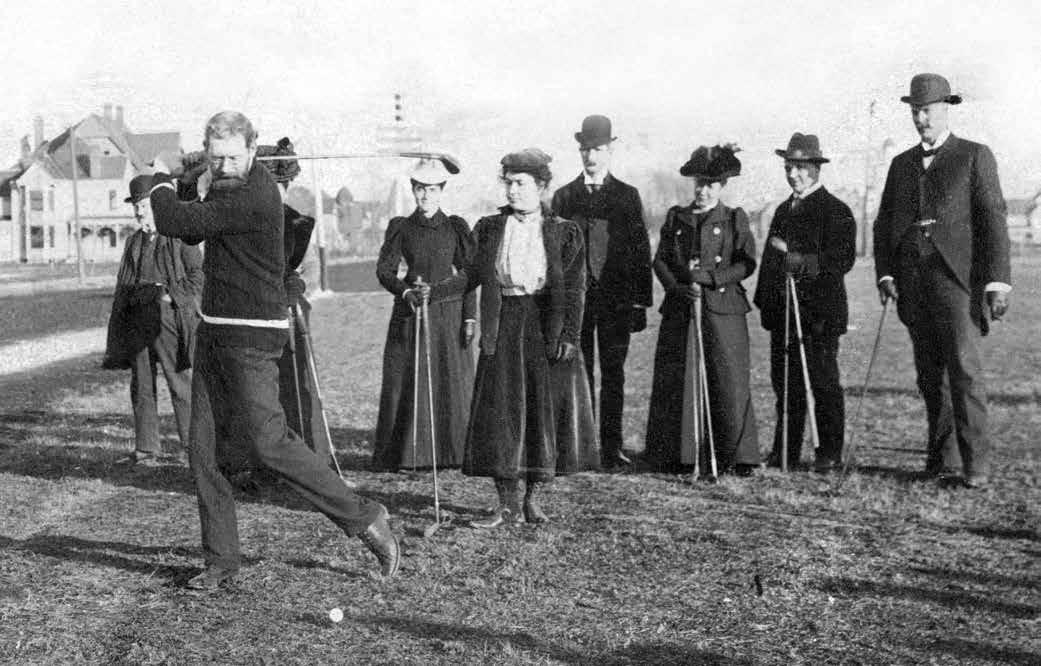
BACK TO THE BEGINNING 29
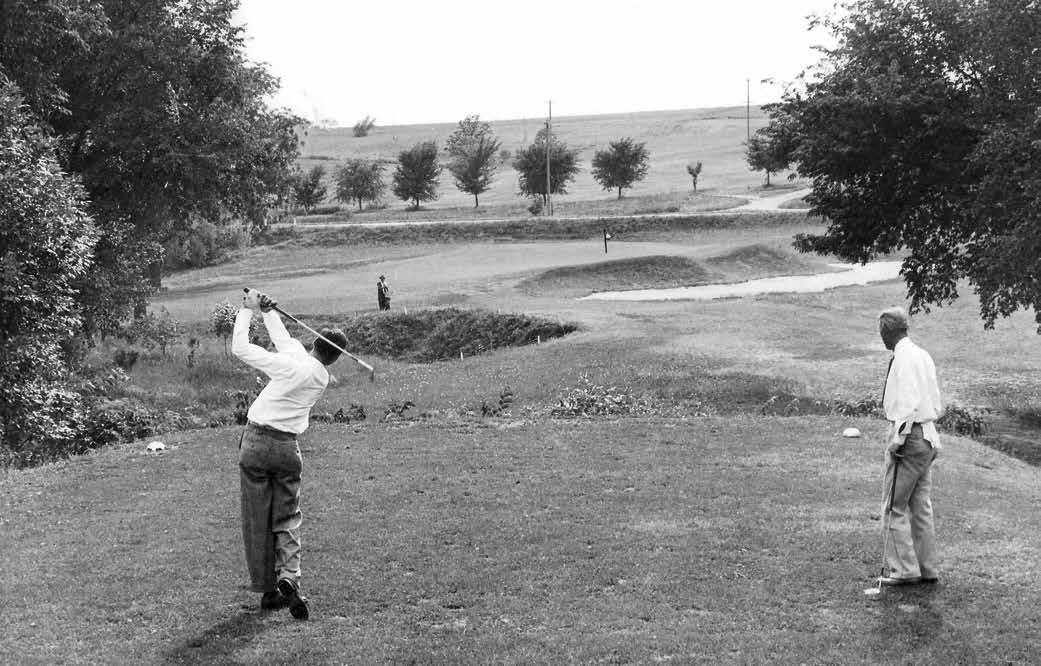
46 THE ROARING ’20s
The Roaring ’20s
For golf courses, the 1920s were really roaring in Nebraska.
More than 130 courses — mostly with sand greens — were built for all sizes of communities. Pasture after pasture gave way to sandy circles with holes and flagsticks.
Omaha and Lincoln had their share of activity for different reasons. Their country clubs, once truly away from the city, were seeing development encroaching on them. Their land was gaining value, too.
Lincoln Country Club, Happy Hollow Club in Omaha and Omaha Country Club succeeded in finding greener, quieter pastures. Of the four power clubs in the two cities, only the Field Club of Omaha remains on its original site.
Happy Hollow’s new location at 105th and Pacific Streets provided many natural hazards for golfers.
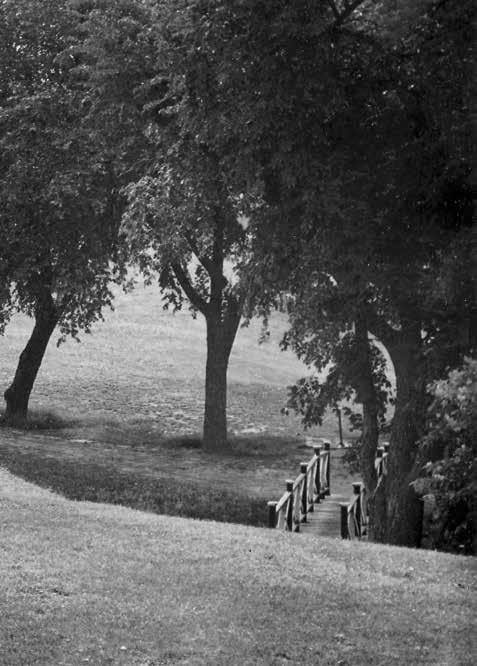
THE ROARING ’20s 47
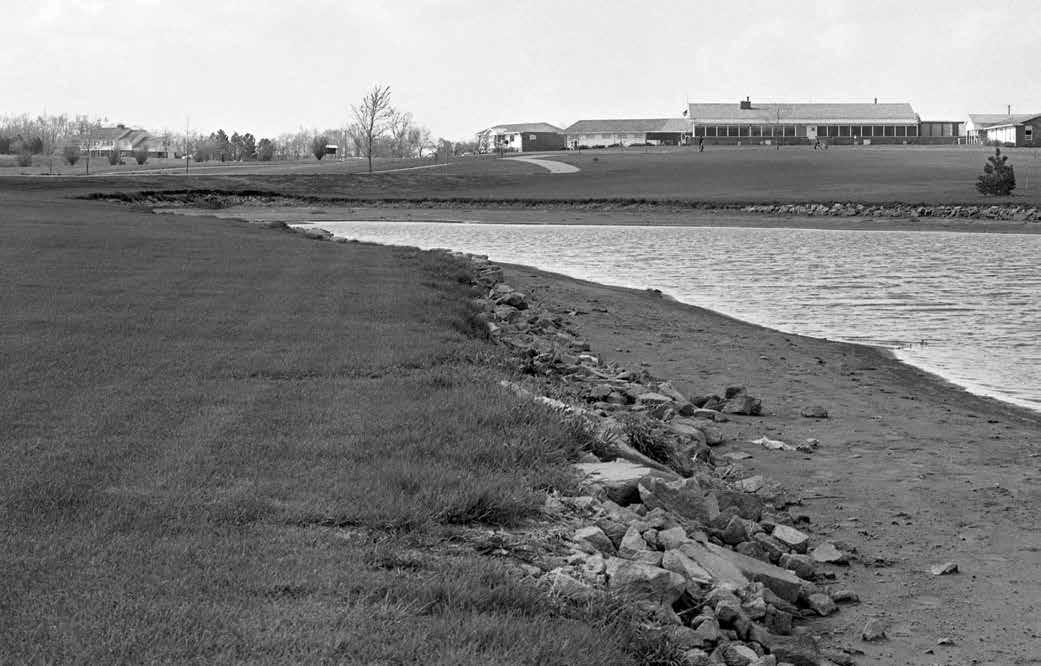
68 BEYOND THE BIG CITIES
Beyond the Big Cities
If there’s a watery golf hole in Nebraska as terrifying for amateurs and pros alike as the 17th at TPC Sawgrass, it’s Lochland Country Club’s par-5 18th.
Not one, but two, carries are required across a large lake at the private club at Hastings. The 18th has earned its nickname as Lochland’s “monster.” According to legend, one unfortunate player once hit 16 balls into the lake soon after the course opened and took a score of 38 on the hole. It’s hard to top that dubious feat.
One year in the 1960s, Lochland hosted a tournament open to pros and amateurs. One pro took a 12 on the hole.

Another pro, needing to par to earn some of the purse, took an 8 and was out of the money. Then the threesome of leaders in the amateur division stared at the water from the tee. The best score among them was a 7.
18
BEYOND THE BIG CITIES 69
No.
fairway at Lochland Country Club during construction. Hastings Tribune Archives
Before There Was a Firethorn
Prior to Firethorn Golf Club’s opening in 1986, golf in Nebraska barely registered nationally. The exception was the 1941 U.S. Amateur at the Field Club of Omaha.
Golf Digest in 1966 issued its first national course rankings — a “Toughest 200” list. Hillcrest Country Club in Lincoln and Happy Hollow Club in Omaha were the only Nebraska courses included. Benson Park in Omaha, Holmes Park in Lincoln and Lochland in Hastings replaced them in 1967 and 1968.
It took more than 30 years for Nebraska to again crack the list. Sand Hills, opened in 1995, debuted in the Golf Digest list of Top 10 Courses in America.
New courses from the 1930s through the 1960s were mostly nine-hole country clubs and, in the 1960s, community courses funded by Farmers Home Administration loans.
Holmes Park Golf Course’s opening in 1964 doubled the number of municipal golf holes in Lincoln.
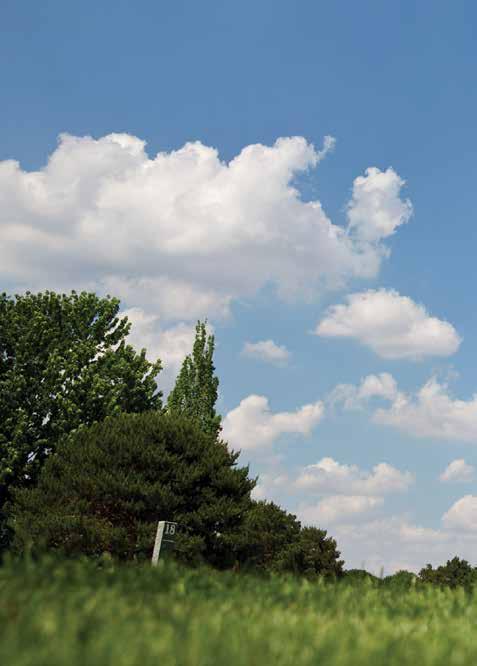
78
BEFORE THERE WAS A FIRETHORN
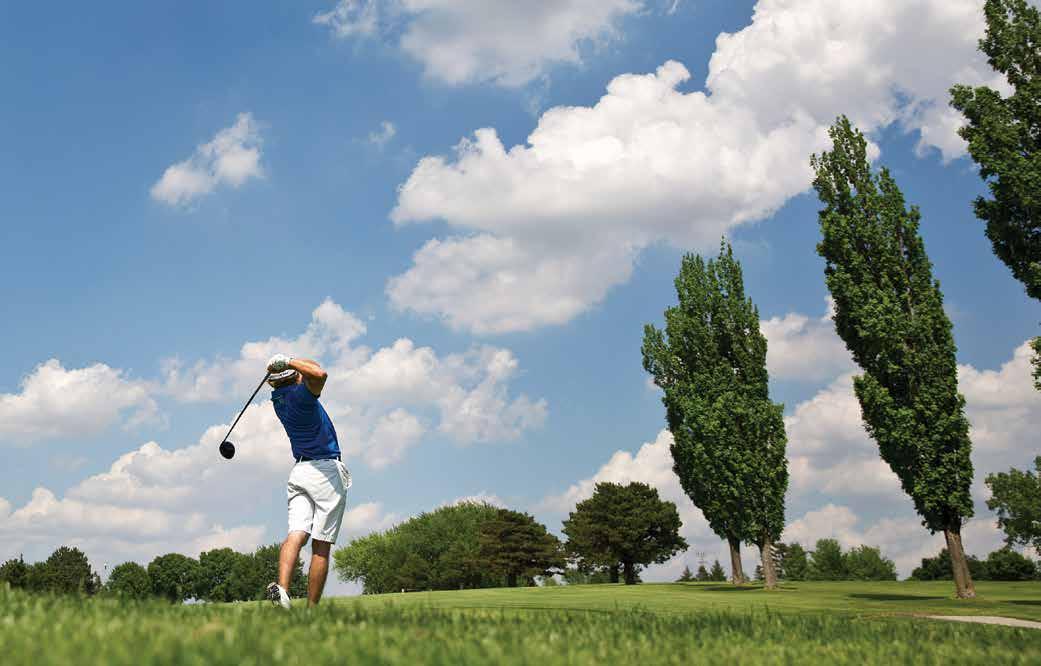 BEFORE THERE WAS A FIRETHORN
BEFORE THERE WAS A FIRETHORN
79
Firethorn Ignites Course Explosion
It might not have been evident when Firethorn opened in 1986, but a golf boom was on its way.
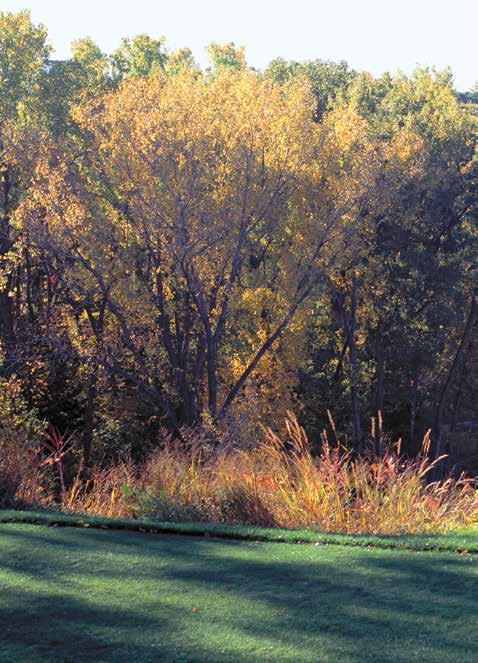
A National Golf Federation survey in 1985 showed that the “Baby Boomer” generation was ready to swing from tennis — which had been at its hottest — to golf.
Part of the attraction would be golf courses linked to housing developments. The NGF rolled out a plan for “A Course a Day” to be built in the United States during the 1990s.
Nebraska, especially in the Omaha and Lincoln areas, contributed its share.
Quarry Oaks Golf Club No. 17 rests in the bottom of an abandoned limestone quarry.
88 FIRETHORN
EXPLOSION
IGNITES COURSE
Daniel James Murphy/Stonehouse Publishing
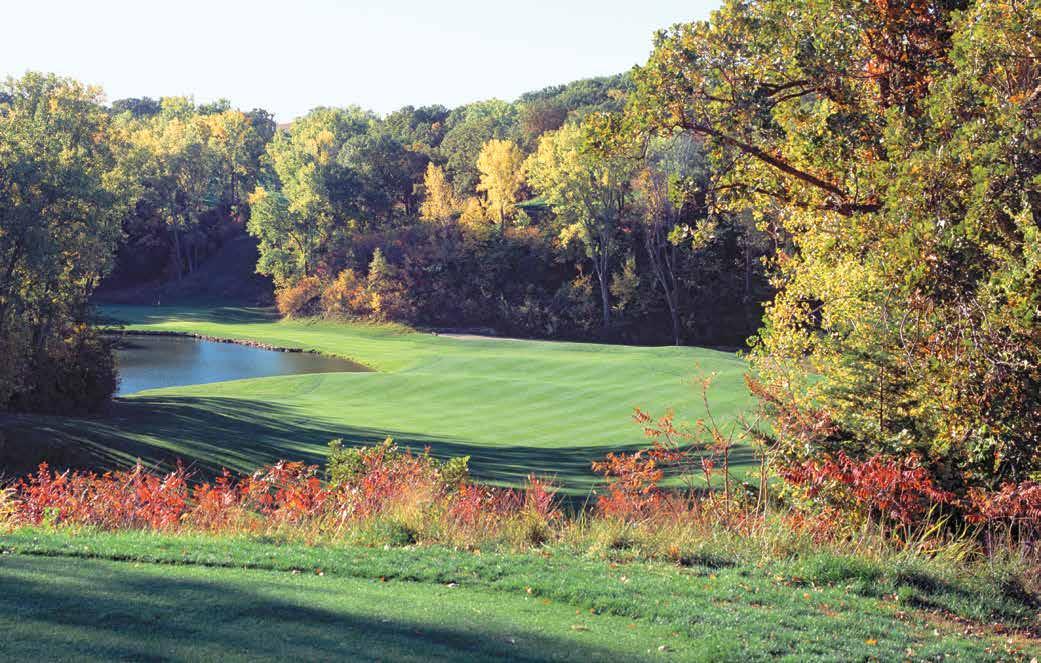
89
FIRETHORN IGNITES COURSE EXPLOSION
One Is Never Enough
Sand Hills Golf Club was going to be a hard act to follow. But why not try?
As the golf world gave breathless reviews and lofty ratings to Sand Hills, it stoked interest in the seemingly endless canvas of grass in the region. Prairie-style, or minimalist-design, courses were just waiting to be discovered.
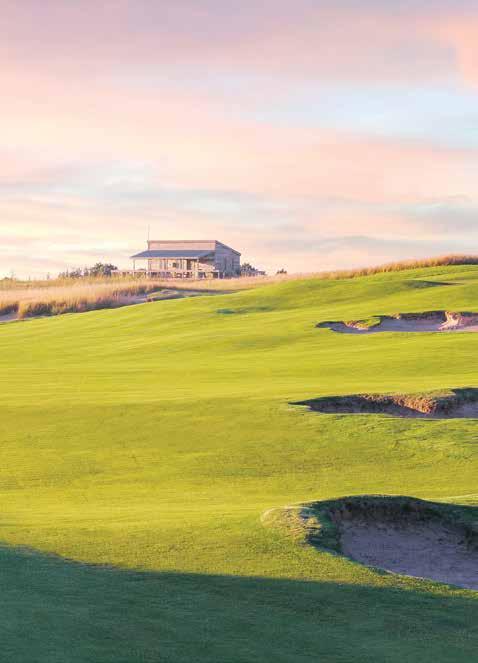
Golf architects saw the acclaim lauded on Bill Coore and Ben Crenshaw. Their passion for design and competitive natures were stirred.
Prairie Club Dunes Course No. 9 Daniel
98 ONE IS NEVER ENOUGH
James Murphy/Stonehouse Publishing
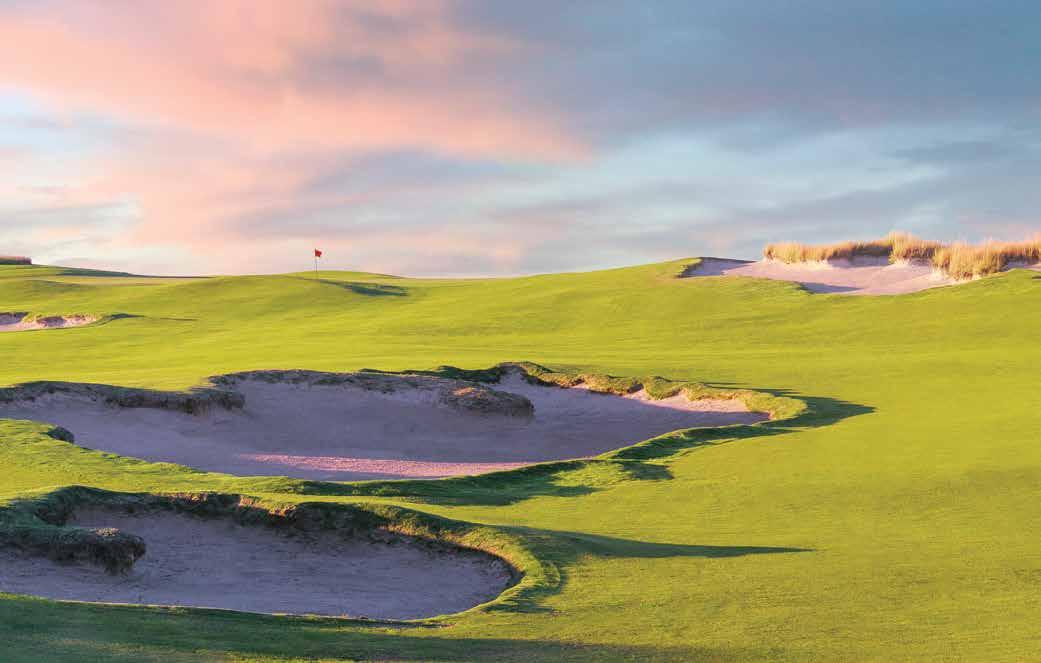
ONE IS NEVER ENOUGH 99
Stories From the Sand Hills
Nick Faldo has been there. Made a hole-in-one and shot 66.
Tom Watson has been there. Ditto for retired pro quarterbacks Roger Staubach and Boomer Esiason, Masters chairman Billy Payne and former USGA president Sandy Tatum. Entertainers including actor Chris O’Donnell and singers Alice Cooper, Larry Gatlin and Glen Campbell have been to Sand Hills Golf Club, too.
But unless we haven’t turned over the right tee marker in our search, it’s only myth that Michael Jordan and Charles Barkley flew into North Platte, took a limo up Nebraska Highway 97 (although there’s a man in North Platte claiming he was their driver) through the hills, made the left turn 12 miles south of the ranch town of Mullen and played the course. Sand Hills has been a mystical place since its conception. The ultra-private club, modest from its clubhouse and lodging to Ben’s Porch next to the ninth hole, protects the privacy of its members and their guests.
But through the years we’ve collected some amazing stories from the hills.
Sand Hills No. 12.

110 STORIES FROM THE SAND HILLS
Daniel James Murphy/Stonehouse Publishing

111
STORIES FROM THE SAND HILLS
The Big Shows
Nebraska’s grandest week of golf was the 2013 U.S. Senior Open at Omaha Country Club. It was a record-setting event, to say the least.
For the city, the weekend galleries constituted the two largest single-day crowds for a sporting event. Better than any College World Series game or a Saturday in the heyday of the Ak-Sar-Ben Thoroughbred track.
For the sponsoring United States Golf Association, the tournament generated record revenue and had the second-largest attendance since its conception in 1980.

For champion Kenny Perry, his final-round 63 tied the course record and completed a comeback from 10 strokes off the pace after two rounds.
Kenny Perry doffs his hat to the crowd at the 18th green after his par putt clinched the win at the Omaha Country Club in the fourth round of the U.S. Senior Open golf tournament on July 14, 2013.
118 THE BIG SHOWS

THE BIG SHOWS 119
Prime Training Ground
Omaha Classic. Cox Classic. Pinnacle Bank Championship.
Nike Tour. Buy.com Tour. Nationwide Tour. Web.com Tour. Korn Ferry Tour.
Whatever the tournament name or tour sponsor, Omaha has been a favored host for the PGA Tour’s developmental circuit since 1996.
Indian Creek Blackbird No. 8 Daniel James Murphy/Stonehouse Publishing

128 PRIME TRAINING GROUND

PRIME TRAINING GROUND 129
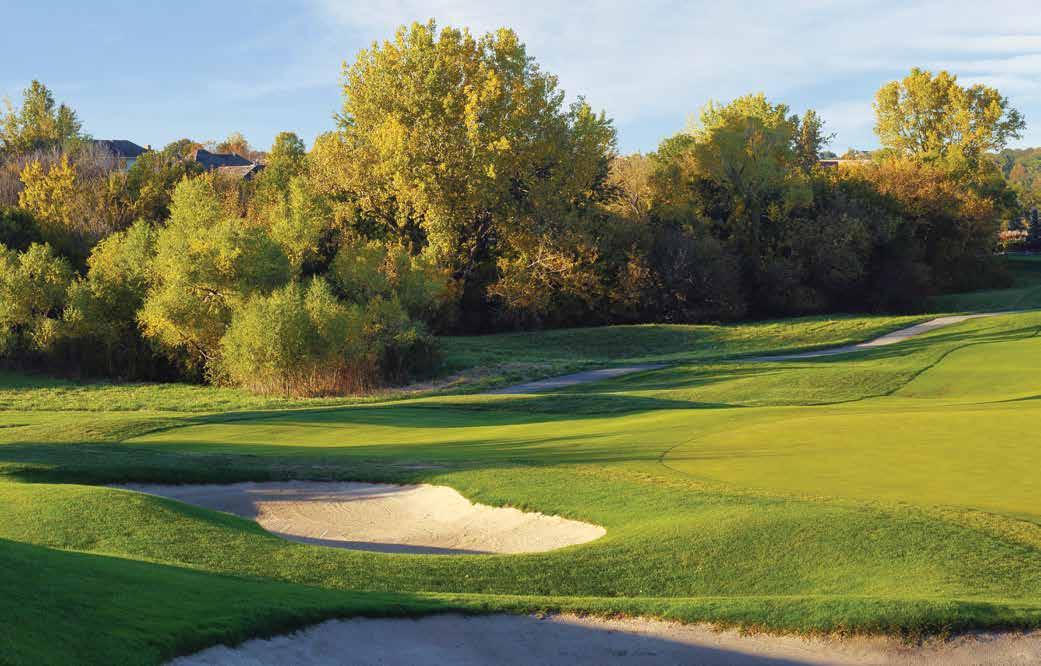
132
PRIME TRAINING GROUND
Champions Run No. 3. Daniel James Murphy/Stonehouse Publishing

PRIME TRAINING GROUND 133

136
Indian Creek Grey Hawk No. 6. Daniel James Murphy/Stonehouse Publishing
PRIME TRAINING GROUND
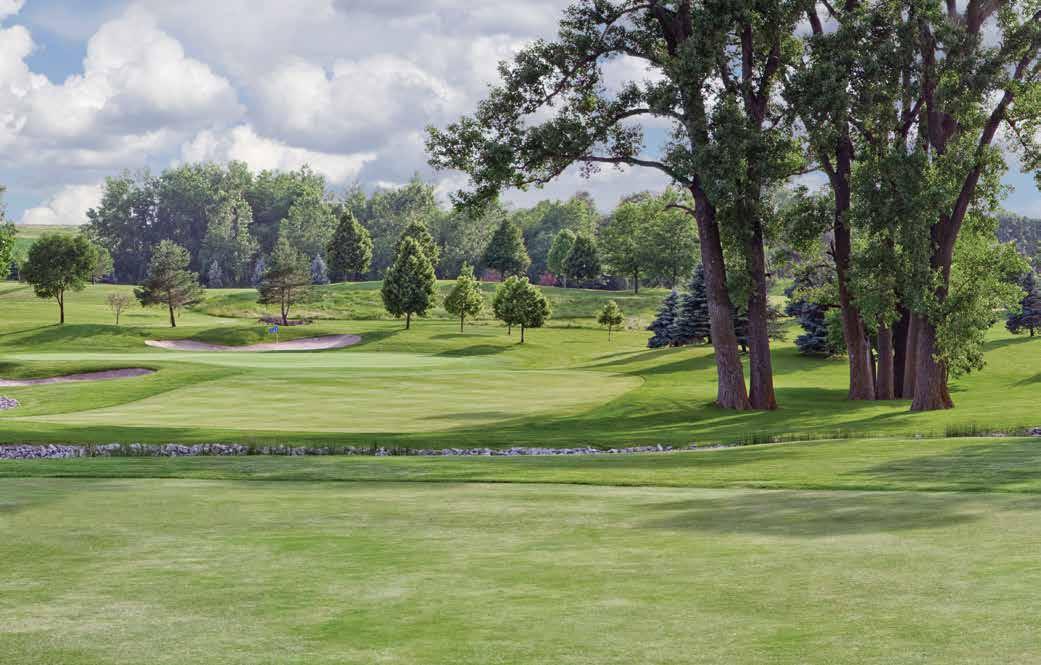
PRIME TRAINING GROUND 137
Johnny Goodman: An Outsider, Always in the Game
One sports great was waiting at the 17th tee for Johnny Goodman to hit: Bobby Jones, his opponent.
Another sports great was a spectator on the grounds that late summer day at Pebble Beach Golf Links for Goodman’s match with Jones and likely had caught up to the immense gallery at the hole: Jim Thorpe.
Even though he had won the 1927 Trans-Mississippi Amateur, Goodman was only 18 and an outsider to golf’s elite.
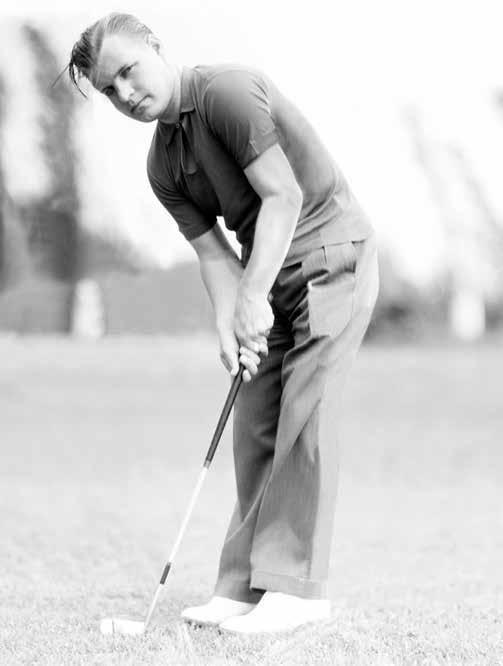
Right: Johnny Goodman in 1928. History Nebraska
Facing page: Bobby Jones, right, congratulates Johnny Goodman after losing to the Omahan 1-up in the first round of the 1929 U.S. Amateur at Pebble Beach.
“I got all the luck, and I still couldn’t beat you,’’ Jones told Goodman.
Julian P. Graham/USGA Archives
138 JOHNNY GOODMAN
Some had tried to keep the Omahan out of the 1929 U.S. Amateur because he was a sporting goods salesman, a no-no to the United States Golf Association in the day.
Goodman was facing one of golf’s most demanding shots on Pebble’s par-3 17th. You know, the hole where Jack Nicklaus with a 1-iron and Tom Watson with a wedge won U.S. Opens.
“I was one up and two to go, but completely numb all over,’’ Goodman recalled 20 years later. “It was my honor. I sensed that it was now or never. The 17th is about a 215-yard carry, with traps in front, the ocean behind and wind everywhere.
“I hit a spoon (today’s 3-wood) some 10 feet from the cup for a cinch three. And I needed it, for Bobby likewise got well on and almost canned his putt. It hopped out. I knew I was over the hill then and the last hole was just easy fun.”
Had Goodman not won that day, how could history have changed? Would Jones have gone deep into the tournament, never getting the chance to meet course architect Alister MacKenzie and create Augusta National and the Masters?
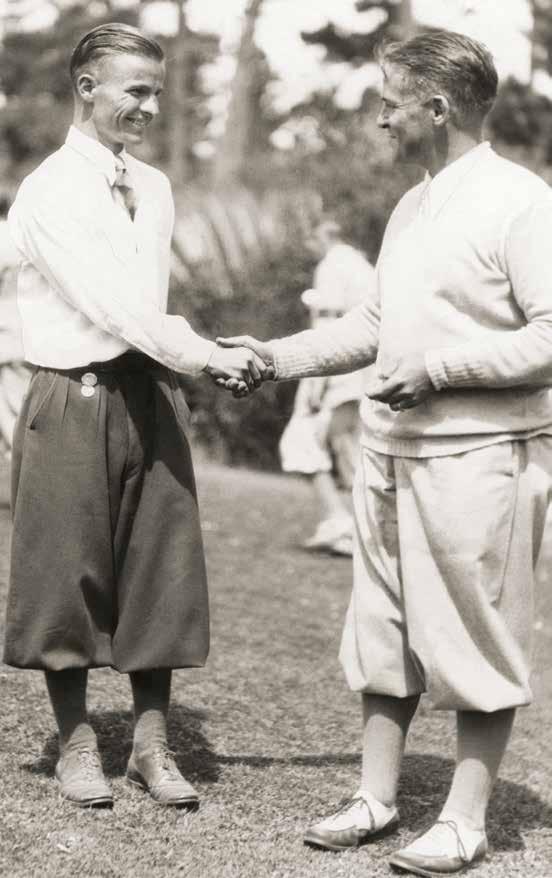
Would Goodman have faded away, never becoming the last amateur to win the U.S. Open?
As it turned out, Goodman became the last to win a U.S. Amateur after claiming the national open championship. And as sportswriters across the country tried to outdo each other on a classic rags-to-riches tale — one Johnny disliked — fable got in the way of fact. Here’s how it really played out.
Goodman dropped out of high school for a time in the mid-1920s to support five younger brothers and sisters after their mother died while giving birth to her 13th child. Their father, who deserted the family, died in an auto accident in 1938.
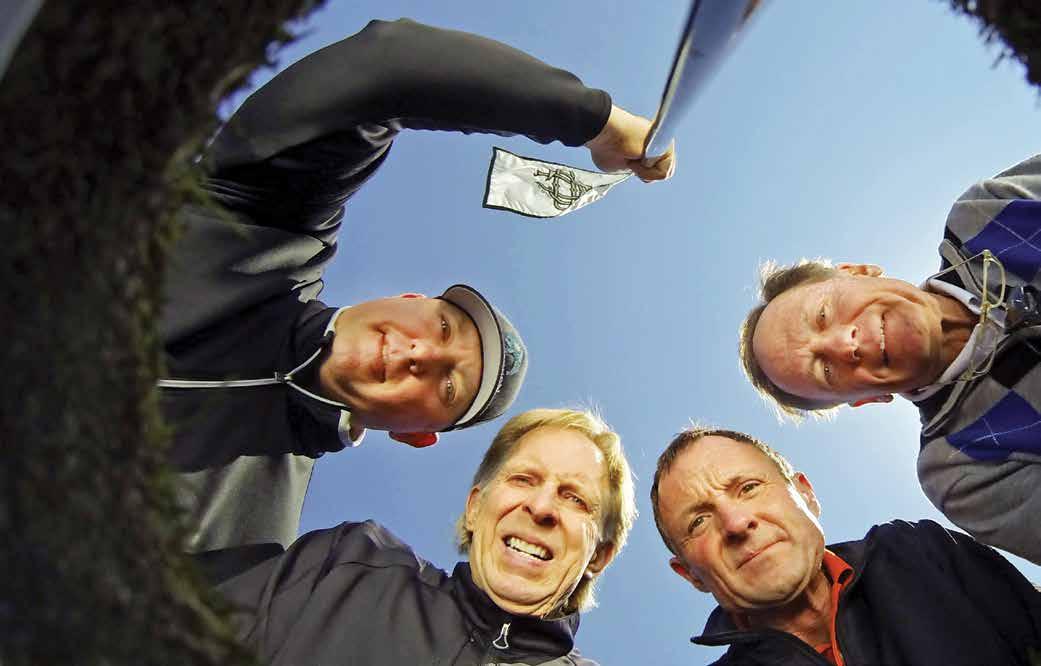
148
TALES FROM THE TOUR
Tales From the Tour
Three Nebraska natives have won on the PGA Tour — Tom Sieckmann (Omaha), Mark Calcavecchia (Laurel) and, most recently, Nate Lashley (Scottsbluff) in Detroit in 2019.
Others who have been on golf’s highest level include Dick Knight (Omaha), Jim White (Hastings), Skip Tredway (Aurora), Scott Gutschewski (Omaha), Mike Schuchart (Lincoln), brothers Mike and Jeff Klein (Scottsbluff), John Hurley (O’Neill) and Brady Schnell (Omaha).
Val Skinner (North Platte) was a six-time winner on the LPGA tour. Sarah Sasse (Lincoln) and Mary Narzisi (Omaha) are alumnae of the Futures Tour.
In 2016, The World-Herald asked some of them to share their stories.
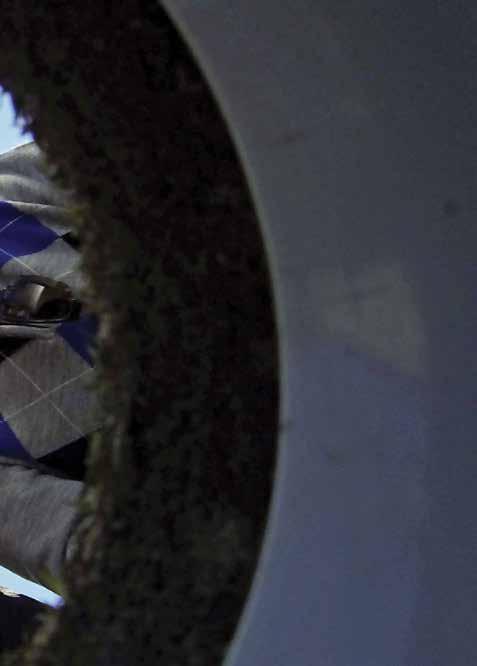
149
TALES FROM THE TOUR
From left: Scott Gutschewski, Tom Sieckmann, Mike Schuchart and Jim White.
Trailblazers
Minority golfers in Omaha largely transcended segregation and discrimination at play in other segments of the community.
Black golfers entered state tournaments and The World-Herald Publinks, played without restriction at city-owned and other public-access courses and, eventually, became country club members.
Hispanic golfers, while fewer in number, have been represented by the state’s first minority pro at a major club, Juan Elizondo at the old Highland Country Club in the 1970s.
Many Hispanics have gotten their start in golf at Spring Lake Park, which has served the South Omaha community and its changing population since the 1930s.
While many Black golfers were known for their playing ability, it was the contributions of teaching pro Steve Hogan that gained national attention.
Right: Miller Park golf pro Steve Hogan.
Facing page: In 2009, Miller Park, the oldest municipal course in Omaha, was renamed for the late Steve Hogan. The founder of the Hogan’s Junior Golf Heroes program died the previous year.

162 TRAILBLAZERS
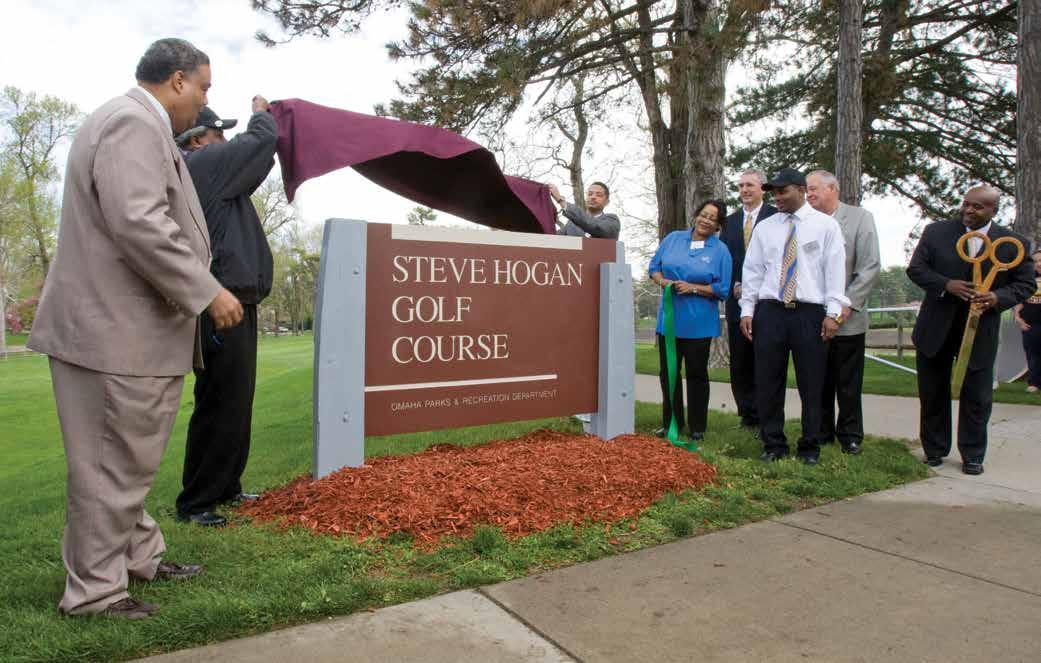
TRAILBLAZERS 163
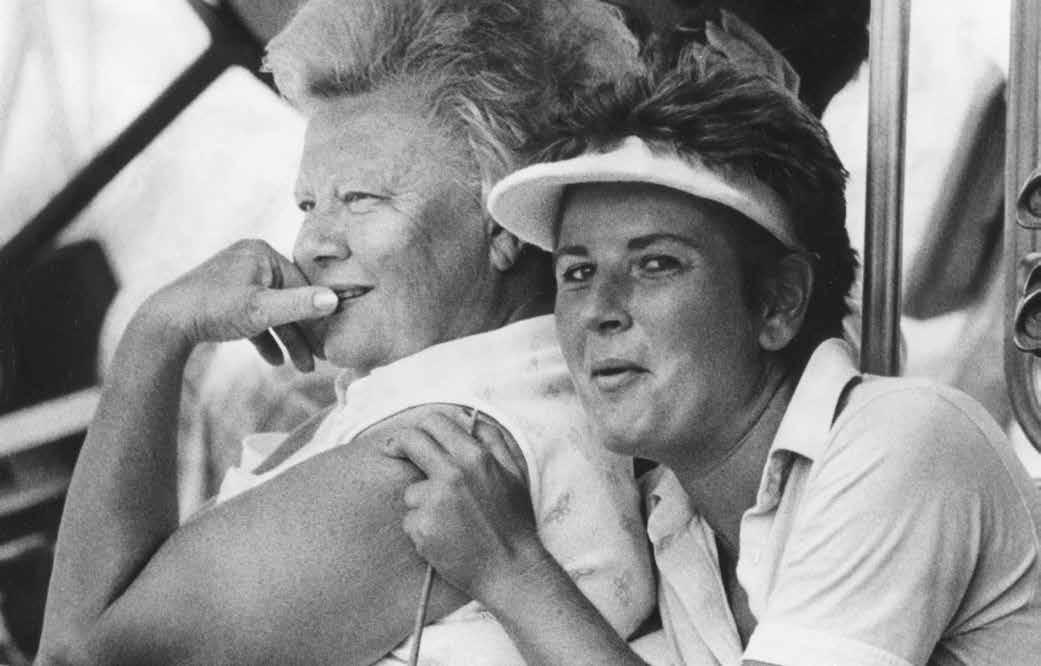
174
WOMEN STAKE THEIR CLAIM
Women Stake Their Claim
Louise, the pioneer. Lucile, the champion.
Dorothy and Jean, the leading ladies of Lincoln. Val, the professional. Susan, the career amateur.
The story of women’s golf in Nebraska can’t be told without those six — Louise Pound, Lucile Mann, Dorothy Schwartzkopf, Jean Hyland, Val Skinner and Susan Marchese.
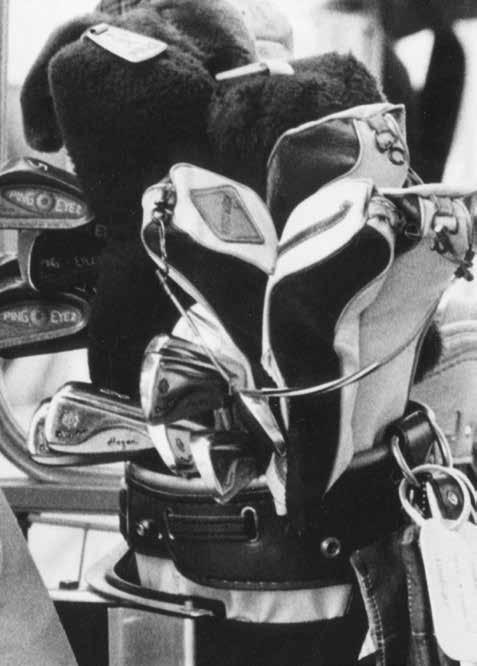
Pound won the first women’s state tournament in 1916. Mann won five state championships in Nebraska and eight in other states in which she lived.
Schwartzkopf won five state titles, including the first women’s stroke-play championship when she was 56.
Hyland also won five state titles and 19 Lincoln city titles. Skinner was a college All-American and won six times on the LPGA tour. Marchese has the most silver plates of them all, with 18 state titles across nearly 30 years.
Susan Marchese, right, with her mother, Betty, in 1986.
WOMEN STAKE THEIR CLAIM 175
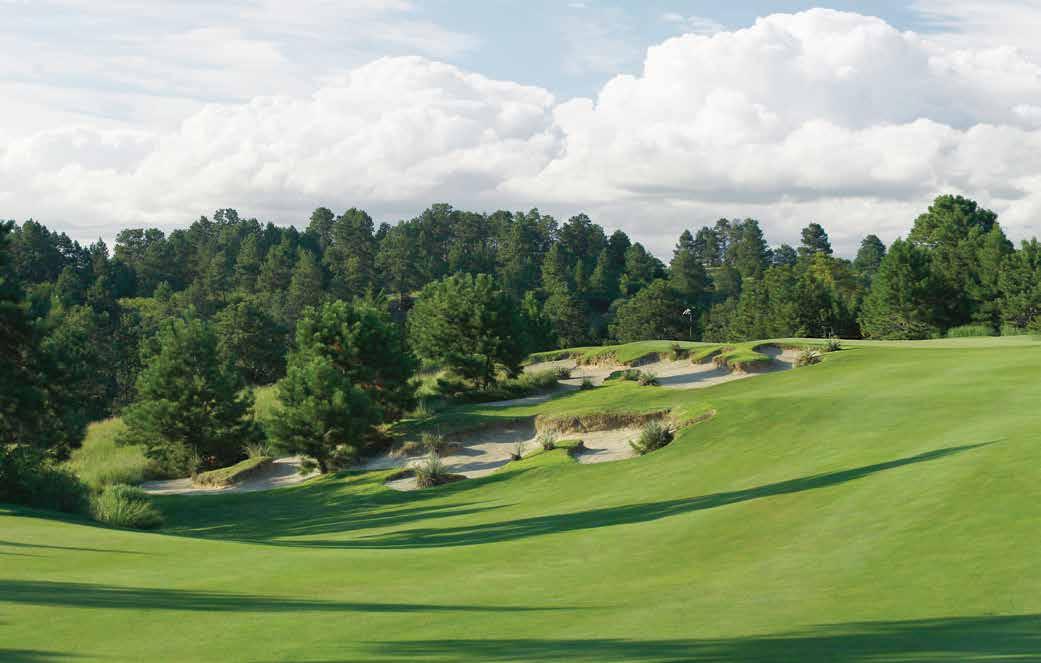
180 THE ARCHITECTS
The Architects
Tour pros Ben Crenshaw, Jack Nicklaus, Arnold Palmer, Tom Lehman and Graham Marsh all have touched Nebraska’s golf course history. So have noted course architects Pete Dye, Tom Doak, Gil Hanse, Robert Trent Jones and, from a much earlier era, Tom Bendelow. Not to be overlooked are the prolific legacies of Charley Johnston and Marty Johnson in their own eras of seeding courses across the state.
Prairie Club Pines Course No. 16.
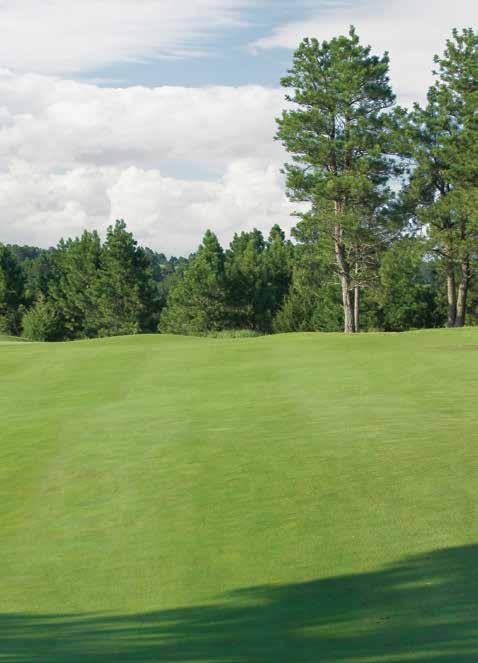
THE ARCHITECTS 181
Daniel James Murphy/Stonehouse Publishing
Nebraska’s Pride and Joy
Three generations of Schucharts. Two generations of Skinners, Schwartzkopfs, Marcheses and Williamsons. The Sieckmann brothers. Many of the families and individuals who are intertwined into Nebraska’s golf history have places in the Nebraska Golf Hall of Fame.
It began in 1990 with five all-time greats in the state. The state has produced major champions, well-respected club professionals and tireless volunteers.
1990
JOHNNY GOODMAN, OMAHA (1910-1970) remains the last amateur to win the U.S. Open. After his 1933 victory at North Shore near Chicago, he won the 1937 U.S. Amateur. He came from poverty, caddied at the Field Club and burst onto the national golf scene with his advancement to the semifinals at the 1926 Trans-Mississippi at St. Louis. He won that tournament the next year. In 1929, he won the first of three consecutive Nebraska Amateurs and defeated Bobby Jones in the first round of the U.S. Amateur at Pebble Beach. He played on three U.S. Walker Cup teams.
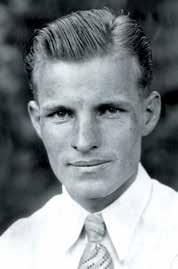
SAM REYNOLDS, OMAHA (1890-1988) won seven Nebraska Amateur championships between 1912 and 1926 and was in the finals four other times. He was Trans-Mississippi champion in 1917. He shot his age, 69, in 1959 and did it every year until he was 87. In 1954, he was appointed to the U.S. Senate.
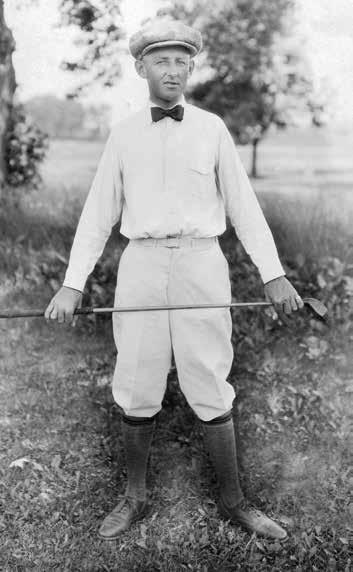
202 NEBRASKA GOLF HALL OF FAME
DOROTHY SCHWARTZKOPF, LINCOLN (1919-2017) was the first to win the Nebraska women’s match play, stroke play and seniors championships and was a founder and five-year executive secretary of the reorganized Nebraska Women’s Amateur Golf Association. She won four match-play titles and was in the finals four other times. She was 56 when she won the first women’s stroke play championship.
BOB ASTLEFORD, OMAHA (1930-2010) chalked up a record eight Nebraska Amateur championships between 1955 and 1967, with his six in a row from 1962-67, another record. He also was a seven-time World-Herald Publinks champion. A qualifier for nine U.S. Amateurs, he made the fourth round in 1963 in St. Louis. In his three U.S. Opens, he missed the cut each time by one stroke. He was president of the Nebraska Golf Association.
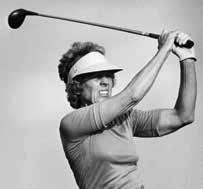
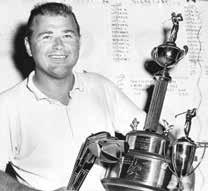
DELOS “DEL” RYDER, GRAND ISLAND (1925-2005) served as Nebraska Golf Association executive director from 1972 to 1988. He was a founding member of the reorganized state men’s association in 1966 and was NGA president in 1969. His playing career included three years as Husker captain (1947-49), qualifying for the 1948 U.S. Amateur, winning back-to-back state sand-greens titles in 1947 and 1948 and claiming nine club championships at Riverside Golf Club between 1941 and 1969.
BILL SCHUCHART, OMAHA (1910-1986) was the patriarch of the first threegeneration professional golf family in the state. He was head professional at Happy Hollow Club in 1934-35 and 1942-65. In between, he was at Highland Country Club in Omaha. He was president of the Nebraska Section PGA at least seven years and was the third Nebraskan to rise to vice president on the national PGA of America board. He tied for 64th at the 1936 U.S. Open and qualified for the 1938 Open.
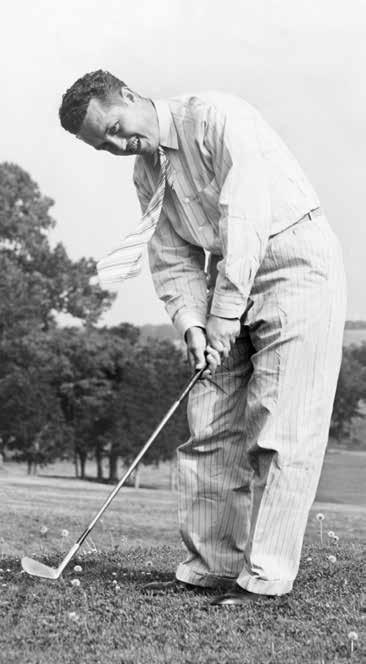
NEBRASKA GOLF HALL OF FAME 203
Lincoln Journal Star Archives
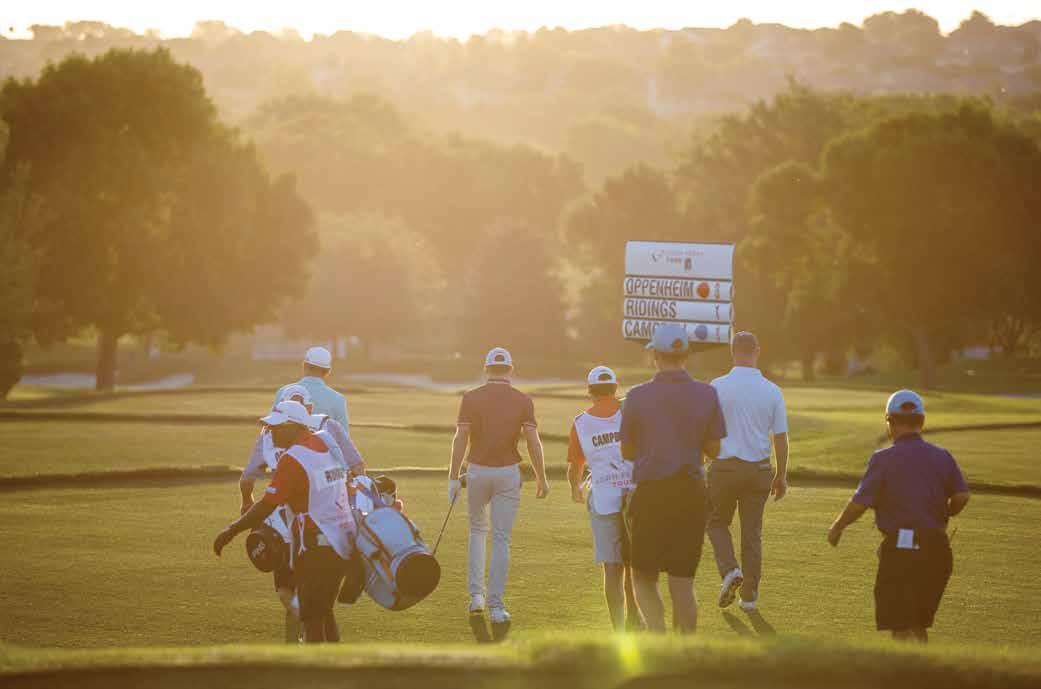
240
A hazy morning at The Club at Indian Creek greets Korn Ferry Tour golfers in 2019 at the Pinnacle Bank Championship.
For about a century, Nebraska barely made a ripple in the golf world even though a ranch in Merrick County was one of the sport’s birthplaces in the U.S. There were Johnny Goodman’s feats as the last amateur to win the U.S. Open, and the 1941 U.S. Amateur was held in Omaha. But in the Sand Hills there was promise in its thousands of acres of ranchland. Begging for golf, but so remote. Since Sand Hills’ opening in 1995, the course has inspired further development of national-caliber destination golf in the region, opened eyes of course designers to other parts of the state and, in part, brought championship golf to the state with the 2013 and 2021 U.S. Senior Opens. This is the story of Nebraska Golf: Out of the Shadows.
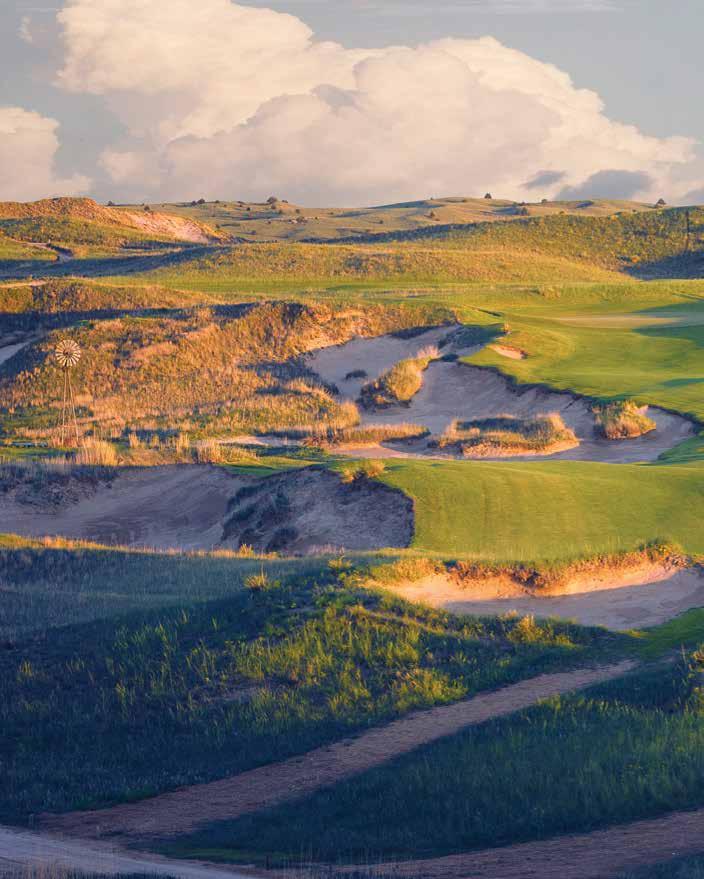
9 781734 592337 5 2 9 9 5 > ISBN 978-1-7345923-3-7 $29.95 $29.95 | OWHSTORE.COM




















 BEFORE THERE WAS A FIRETHORN
BEFORE THERE WAS A FIRETHORN






























